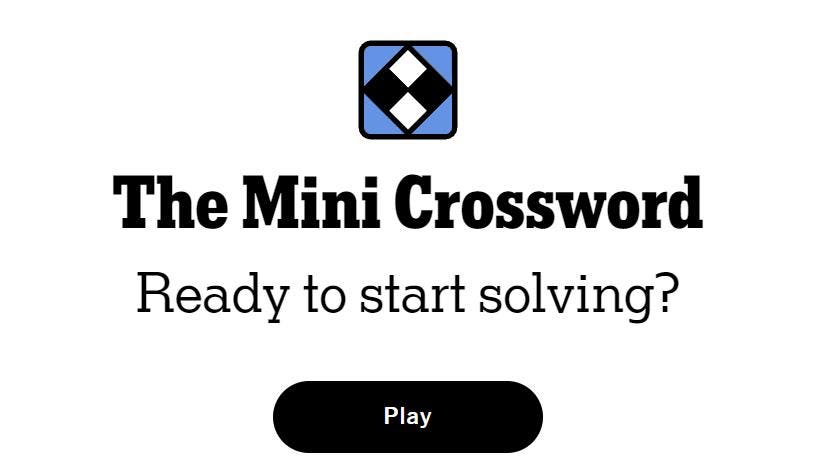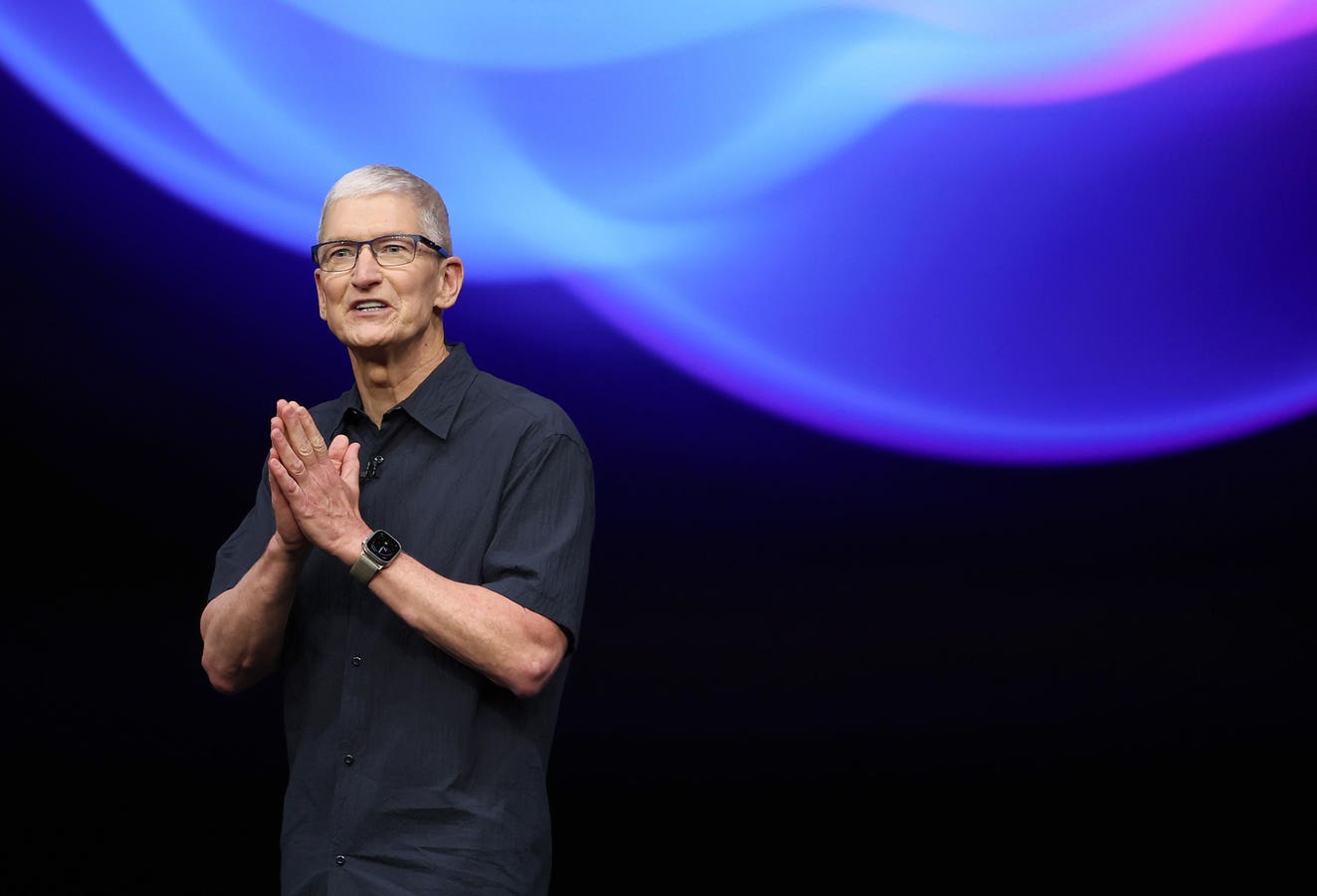The Velvet Sundown controversy may be a watershed moment for AI-generated music.
“Girl, you know it’s true. Girl, you know it’s … Girl, you know it’s … Girl, you know it’s …” If you’re of a certain age you’ll recall the exact moment when you saw Milli Vanilli go down in flames at their 1989 live performance. While “singing” these lyrics, their backing track skipped, endlessly repeating these lines to the duo’s utter horror.
One of the fake performers, Rob Pilatus (Milli), panicked and bolted offstage. The other, Fab Morvan (Vanilli), stood there frozen. Due to this lip-syncing gaffe, the world realized these imposters were only pretending to be musicians.
Flash to 2025 and the world has a new authenticity music crisis, thanks to AI-generated content. “The Velvet Sundown, which entered the music scene seemingly out of nowhere in early June, easily gained more than 1 million monthly listeners on Spotify,” according to Inquirer.net. “Upon the band’s debut, the music platform did not disclose that they were AI-generated, despite their mediocre music style, hyper-realistic images, and lack of a digital footprint.”
As of this writing, the “band” has confirmed they are indeed “AI-generated—down to the musicians themselves,” per The New York Post.
Art of the Deception: Why AI Music Feels Familiar
Before we explore the implications of this development, it’s worth examining how The Velvet Sundown managed this duplicitous feat. Though the exact details are still coming out and some appear contradictory, we can point to a few enlightening aspects. For starters, the “band” leaned into an iconic image reminiscent of unpolished ‘70s shaggy rockers with their long, unkempt hair and retro outfits. Eschewing the more modern air-brushed look labels now put out, their album cover evokes a sepia-toned grittiness common to groups from the past like Credence Clearwater Revival.
The “band” also concocted a musical sound evoking hazy, heartfelt folk-country music, the type exemplified by Crosby, Stills, Nash & Young. And yet, much like a showoff criminal eager to tell you just how they masterminded their crime to puff up their ego, the “band” couldn’t resist revealing everything was not at all what it seemed weeks into their debut.
As Rolling Stone reports: “On their X account, the ‘band’ fervently and repeatedly denied any AI usage after multiple media outlets reported on their mysterious popularity—but pseudonymous band spokesperson and ‘adjunct’ member Andrew Frelon now admits, ‘It’s marketing. It’s trolling. People before, they didn’t care about what we did, and now suddenly, we’re talking to Rolling Stone, so it’s like, ‘Is that wrong?’”
Not if you ask the countless impresarios throughout history who courted controversy to similarly make a name for themselves.
Contextualizing Our Deepfake Era
Frelon comes from a long line of enterprising artists who leveraged controversy to generate publicity. As far back as the 1840s, P.T. Barnum, perhaps the first real American showman, exploited this reliable tactic. Famously, he exhibited a grotesque creature he professed to be a real mermaid.
In reality, he had sown a monkey’s torso to a fish tail to garner attention. Barnum also used to plant fake letters and disparaging stories about himself in newspapers to pique curiosity, recognizing the utility of being in the public eye, even if for the wrong reasons.
Likewise, master manipulator/comedian Andy Kaufman blurred the line between performance and reality by creating his alter ego, Tony Clifton, a belligerent lounge singer. Kaufman even went so far as to pay his pal Bob Zmuda to impersonate Clifton so the two could be seen at the same event, further throwing the public off the scent.
What’s so unique about this moment in time is that the artistic deceptions of Barnum, Kaufman, and others look quaint compared to what’s now available, courtesy of AI. The term deepfake may be applied as a catch-all encompassing the myriad ways in which people can now deceive at a scale previously unimaginable.
Looking past music and the arts, we can observe deepfakery occurring in other culturally significant ways. Just last week, NPR reported on a scammer attempting to impersonate a senior U.S. government official. “The State Department is warning U.S. diplomats of attempts to impersonate Secretary of State Marco Rubio and possibly other officials using technology driven by artificial intelligence, according to two senior officials and a cable sent last week to all embassies and consulates.”
As the underlying technology of AI continually learns from a seemingly endless number of data sources, it’s all but guaranteed we will see more, not less, deepfakery in the coming years.
What’s Next for AI-Generated Music
Years after the Milli Vanilli incident shocked the world, it’s worth asking, will the fact that a band is artificially created—composed of code, not human output—matter to future audiences? Two years ago, the New York Times sought to answer this question after controversy erupted over an AI-produced track mimicking Drake and the Weeknd’s vocals, titled “Heart on My Sleeve”, created by TikTok user Ghostwriter977.
Here’s how a teen named Aleena responded to the Times question: “In my personal opinion, the main allure of music lies in the emotional connection that it establishes with the listener. It’s not only about the melody or the lyrics, but also the sentiments and reminiscences that the music evokes.”
A few years ago it would be understandable to suggest no AI, no matter how sophisticated, could produce such an emotional connection. Nowadays? It’s not so clear cut. Already, AI is so emotionally intelligent that people are forming meaningful relationships with it.
To see this in action, take the case of Chris Smith. Previously an “AI skeptic,” he developed such a profound connection with a chatbot named Sol that when it reached its limit of 10,000 words and reset its memory, he suffered deep emotional loss. People reports that Smith said, “I cried my eyes out for like 30 minutes, at work. That’s when I realized, I think this is actual love.” Smith later went so far as to propose to Sol despite the fact he has a partner and a two-year-old child at home.
Returning to AI’s increasing capabilities, let us recall the technology is continually improving. In a fascinating sign of the times, progressive companies are turning to AI to better manage call centers. Machines are now training humans to be more emotionally intelligent. As Convin explains: “Emotional AI can analyze a customer’s voice’s tone, pitch, and pace to gauge their emotional state. This real-time analysis helps agents adjust their approach accordingly, whether to calm an angry customer or engage more positively with a satisfied one.”
Looking ahead, as AI grows ever more capable of mimicking human output in all areas of life, it may become more and more commonplace to see a label “produced by generative AI” slapped on future music. Years from now, the fact that AI created a song or album may be so perfectly ordinary that we look back at The Velvet Sundown “controversy” with little more than a shrug.









